LAND FOR CLIMATE CHANGE
Forests are vital in combating climate change—and we’ve only just begun to unlock their potential.
Winnakee is working to change this.
Forest loss and degradation is the 2nd largest contributor to climate change after fossil fuels according to the EPA. Restoring the natural regenerative cycles of forests can double their ability to absorb CO2. These natural storage solutions slow climate change far more effectively than any human technology. Conversely, deforestation actively contributes to climate change when the carbon stock accumulated for decades in forests gets reintroduced back into the atmosphere when lands are developed.
A land protection and stewardship model for climate change resilience:
Protecting intact forests and their rich soil help sequester carbon to keep climate change in check
Development and fragmentation of forests releases decades of stored carbon back into the earth’s atmosphere. Protection of forests helps to stop this.
Winnakee’s goal to protect and restore 10,000 acres in ten years will help sequester about 8,091 US tons of CO2 (or 0.8 tons/ac/yr) every year in Dutchess County
Restoring forests can DOUBLE their ability to absorb CO2 emissions. Winnakee’s stewardship model is helping Hudson Valley forests regenerate naturally – so that young saplings can survive against current threats of deer, disease, insects, and invasives.
Healthy ecosystems are more resilient to the damaging effects of climate change, giving wildlife a chance to adapt.
Winnakee’s conservation strategy to create forested corridors that connect intact forest blocks across the landscape, helps protect biodiversity and climate change resilience.


Learn more about Winnakee’s FOREVER FORESTS commitment to protect and restore 10,000 intact forest acres in ten years across the Hudson Valley.
Caring for Land, Connecting Community
Research shows that every $100 invested in restoring degraded land generates up to $3K in economic benefits.
Saving and restoring forests is one of the most effective, nature-based solutions to climate change.
Help Winnakee reach our goal of protecting 10,000 acres in ten years.
